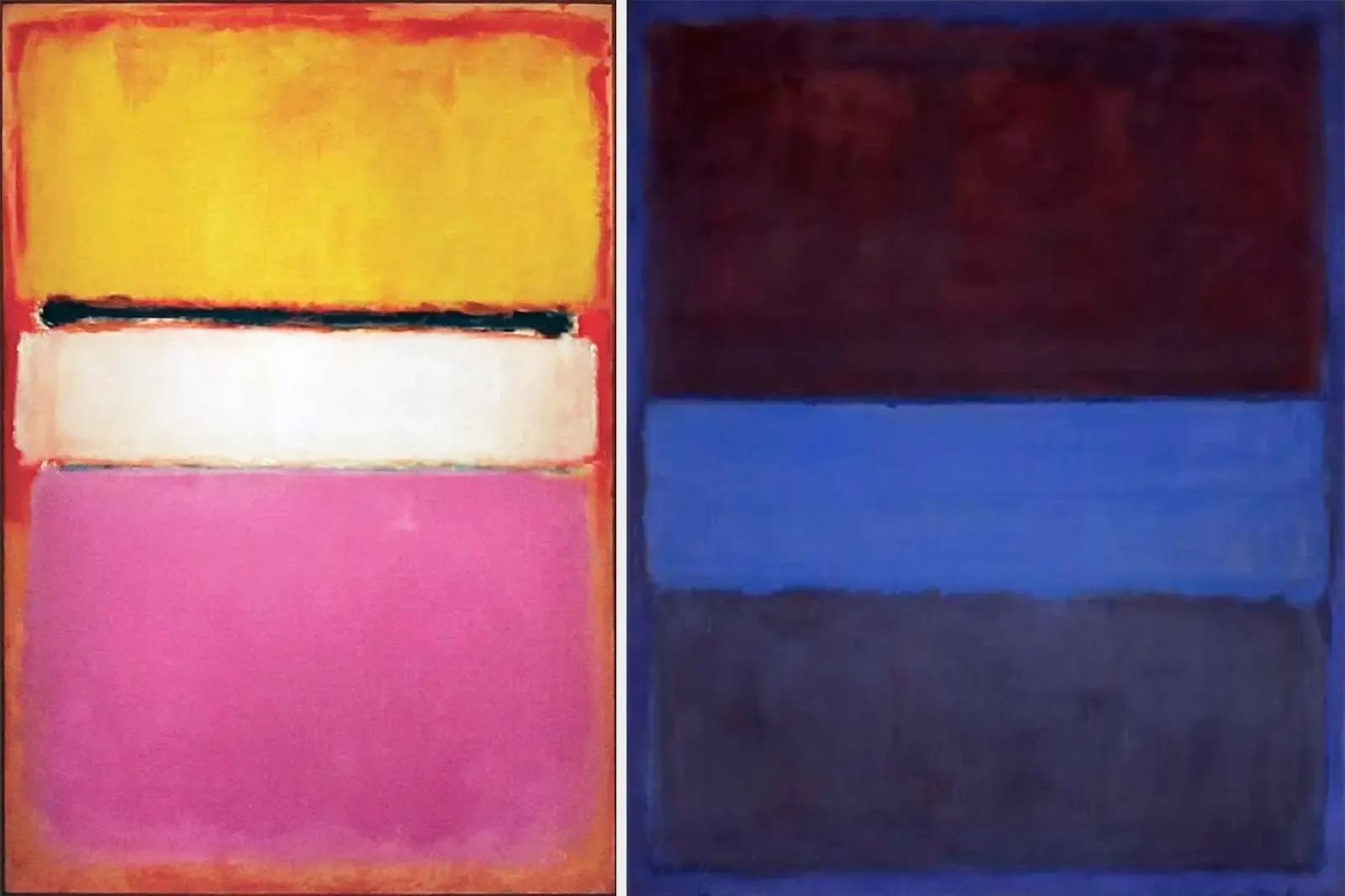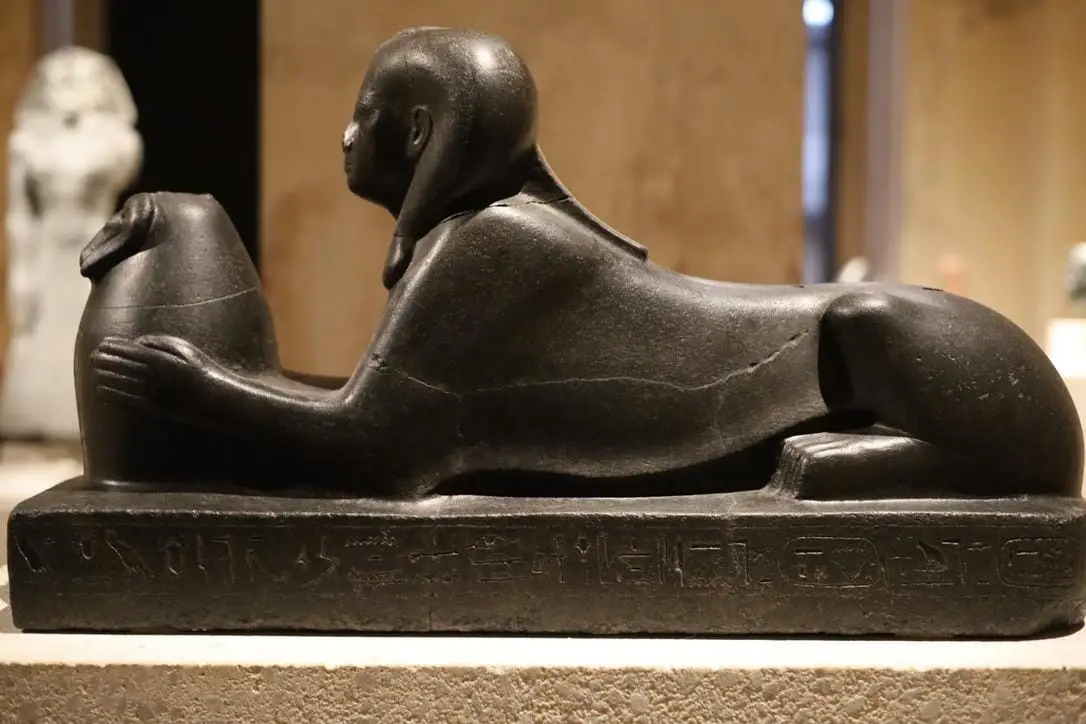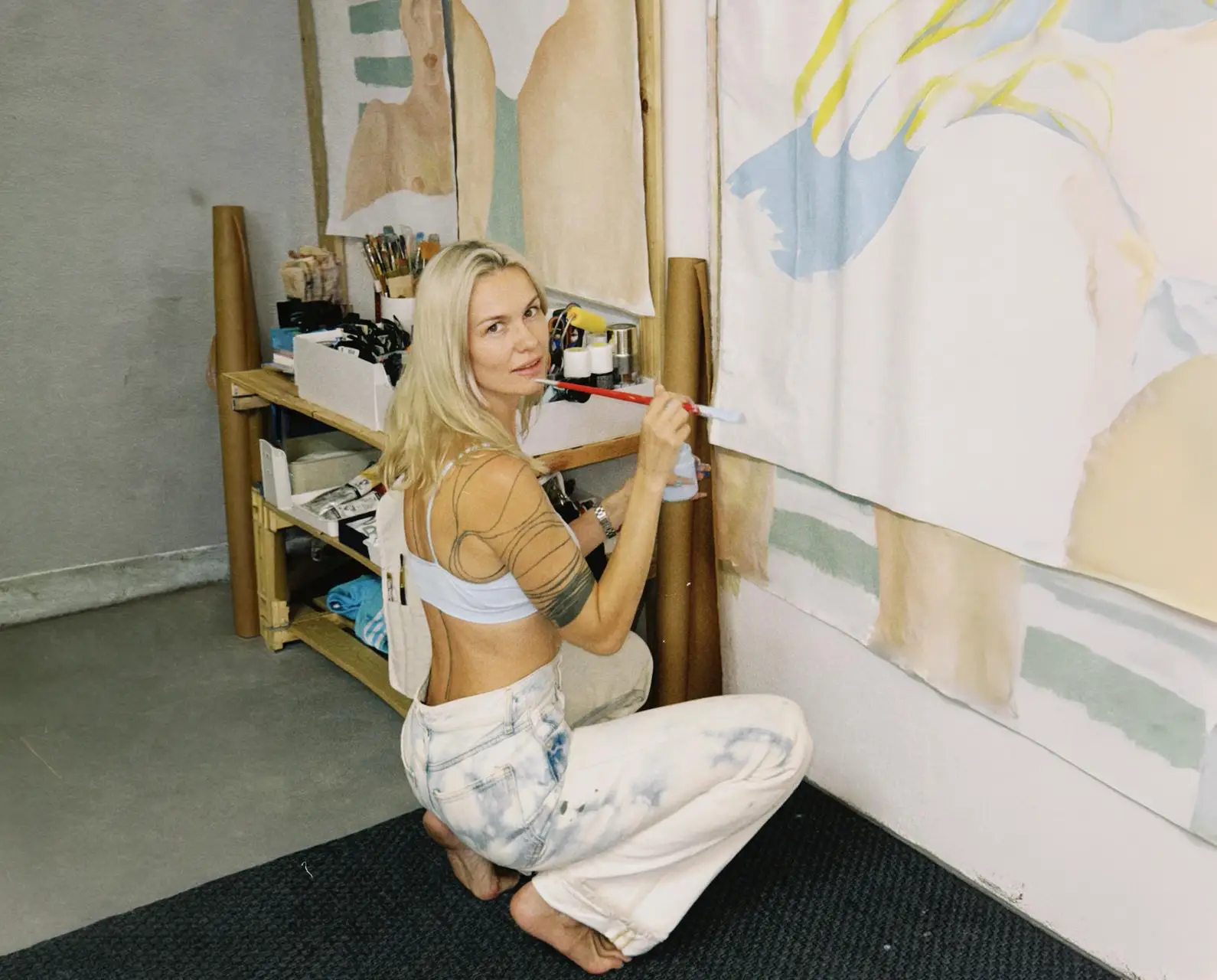Online Art Marketplaces vs. Traditional Galleries: What’s Best for You?
I have often been called & labeled as a ‘creative’ person. And I love the beauty in things, be it small or large. At the same time, I am logical and analytical. When it comes to art, I like to immerse myself in it, perceiving it and not understanding it. I often find myself reflecting on how we experience art. Art, to me, has always been more than an object of beauty or investment. I enjoy the monochromes and the colours alike. And I am no expert or nor like to judge an artwork. I just try to connect to the creation, the artwork, the art itself. Art is something where we actually see ourselves, our emotions, and even the world’s shifting landscapes. In an age where we toggle between physical and digital spaces, the question of where and how we encounter art is more important than ever. It is probably what makes this a very human act. In my family I have an artist, my mother, she paints and has various techniques and, I think I take on her when it comes to enjoying art. As time has progressed over the years, in the most recent I have started to explore art.
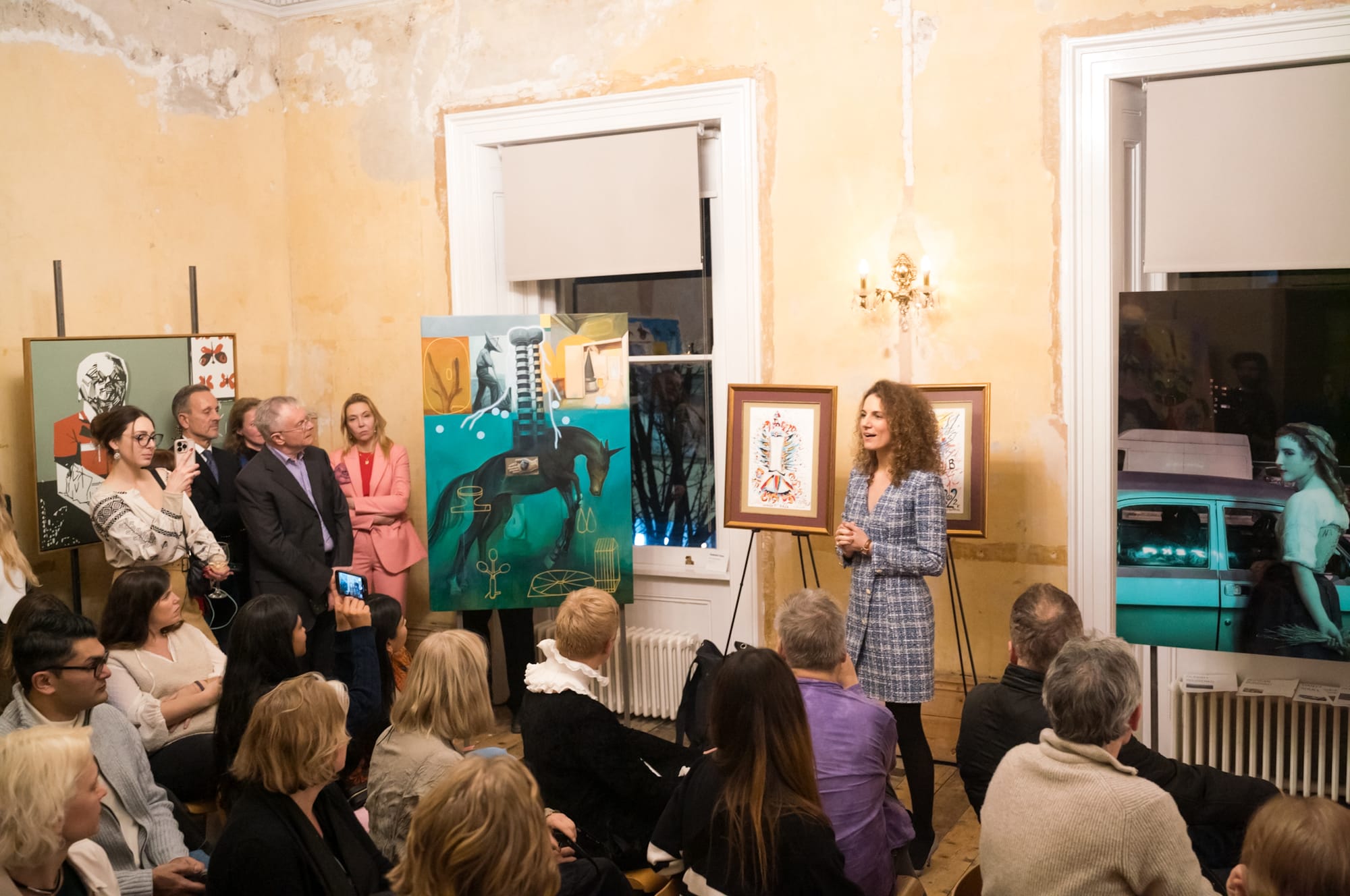
I have taken a pause some days and have walked through galleries that to me feel like sacred sanctuaries. I have walked the streets and witnessed the street art that has multiple expressions. And I have also scrolled through some of online platforms to view some artworks and also explored to buy. Each of this, has its charm, its challenges, and its role in shaping our connection to art. But what’s the best choice?
Let’s find this together.
The Gallery: A Space of Presence and Exclusivity
Imagine stepping into a gallery. The room is quiet, yet alive with the presence of art. There’s something visceral about standing before an artwork, big or small—its texture catching the light, its scale overwhelming or comforting you. Varied emotions. Galleries are spaces where art speaks in whispers and shouts, inviting you to slow down and immerse yourself in the moment.
But a gallery is also traditionally a place of exclusivity. It’s often designed for the select few—a carefully curated audience of collectors, experts, and connoisseurs. The environment itself shapes your perception of the art, where judgment is not just your own but subtly influenced by those around you. Gallerists, with their depth of knowledge, add layers of context and validation to the works, but this can also create a sense of gatekeeping.
For collectors, galleries offer the ability to connect with the art physically and personally. Conversations with gallerists reveal stories about the artist, the process, and the context of each piece. It’s not just about buying art; it’s about becoming part of its journey.
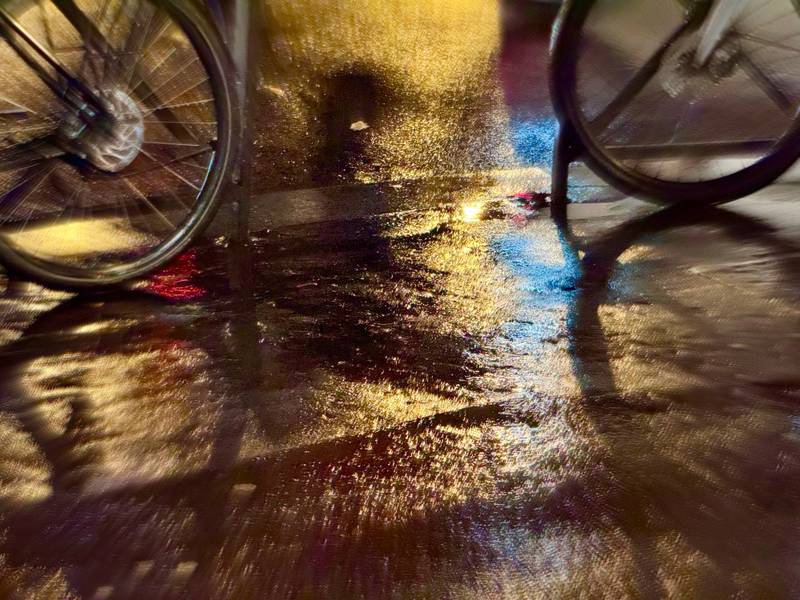
However, this exclusivity creates barriers. Galleries often focus on a select group of artists, making it harder for emerging voices to break through. Further you may not be able to have access to artists and their journeys. For artists, while the validation of being represented by a gallery is significant, the steep commissions—sometimes up to 50%—can feel limiting. And for collectors, galleries are often geographically bound, offering access to only what’s within reach. And yes one more thing, in galleries more than often I have never asked about the ‘price’ of an artwork, somehow it always feels awkward to do so.
The Digital Revolution: Freedom and Accessibility
Now, picture yourself scrolling through an online art platform late at night, discovering pieces from corners of the world you’ve never visited. You read about an artist in Cape Town or a photographer in Tokyo. The accessibility is astounding—anyone, anywhere, can find art that resonates with them. Digital world has democratised art.
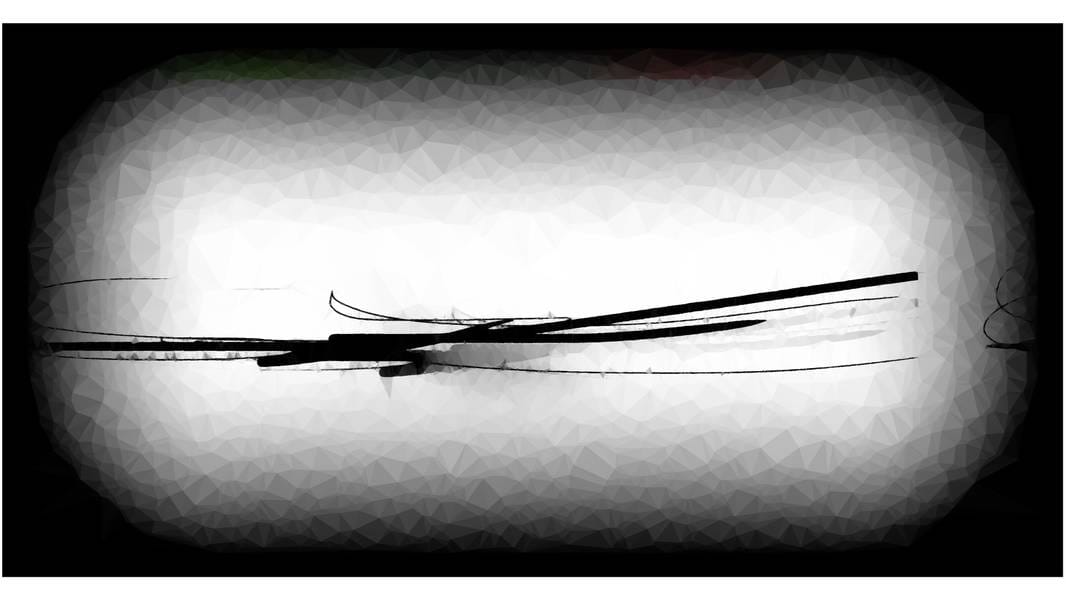
Online platforms also bring freedom. As a collector, you’re not confined by geography, operating hours, or the opinions of those around you. You can explore art on your own terms, diving deep into the stories, techniques, and inspirations behind each piece. The digital realm offers buying capability vast selections, and sometimes, even tools to visualise art in your space, encouraging you to make choices carefully.
For artists, online platforms are breadth and reach. They no longer have to rely on traditional gatekeepers. Instead, they can present their work to a global audience, maintaining more control over their narrative and earnings. Yet, this convenience comes with its challenges. The emotional connection that galleries foster can sometimes get lost in translation online. Art may risk feeling transactional—a product to be purchased, rather than an experience to be felt. And without the tactile and atmospheric presence of a gallery, some collectors might find it harder to form a deep bond with the work.
My Perspective: It’s Not Either-Or
So, what’s the best way to engage with art? I’ve come to realise it doesn’t have to be an either-or choice. The gallery and the online platform each bring something unique to the table. Together, they offer a richer, more layered experience of art.
I believe how one experiences art is the way. Art experiences must move beyond the transactional aspect and into the emotional humane aspect more. Artworks should inspire self-reflection, emotional resonance, and build enduring connections. Art is a mirror to humanity—a reflection of who we are, our values, and our aspirations. One need not be academically trained to perceive art. And, art should be perceived rather than understood.
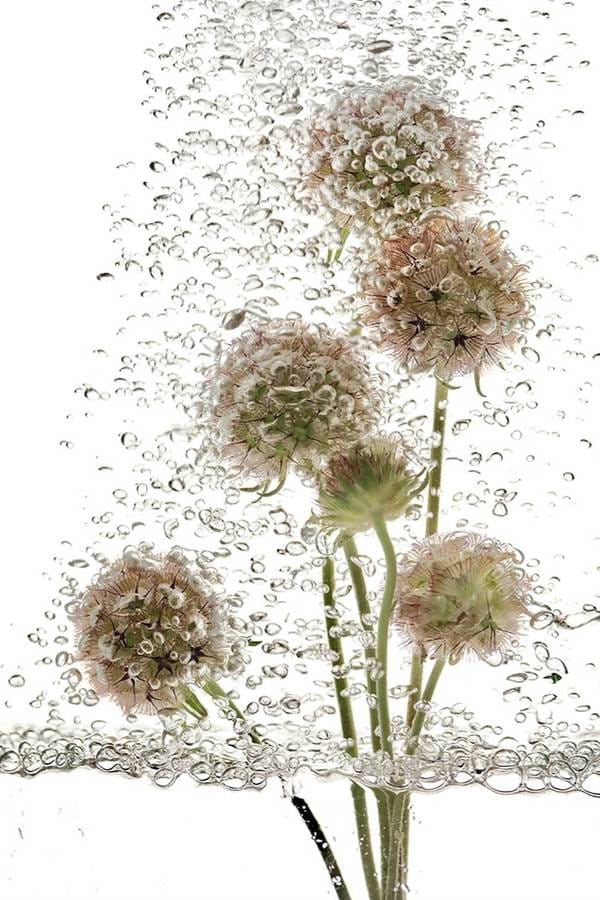
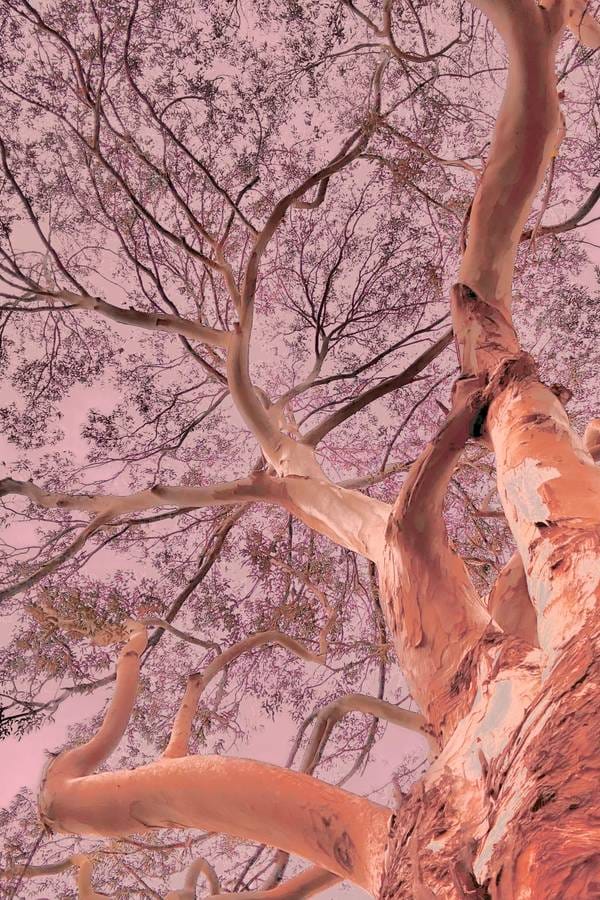
RENAISSANCE n° 42by Sophie Le Gendre, RÊVE n°2by Sophie Le Gendre
For collectors, one of the most fascinating aspects of owning art is the ability to let it evolve with your life.
Further, imagine buying a piece that speaks to you during a moment in your life. Years later, you might decide to gift it to a loved one, passing along the emotions, memories, and resonance that it holds for you. Or perhaps you choose to resell it, giving someone else the chance to experience its meaning. And when you gift or resell, you are giving a piece of yourself. That is the way you should be connected to art - a permanent link between you and the piece. That way you as a buyer, also gets registered in the history of the artwork, for life.
For artists, platforms today provide more than visibility—they offer equity. Tools like lifetime royalties and artwork tracking are slowly becoming standard, ensuring creators are not left behind when their works change hands. It’s a step toward fairness in an ecosystem that has long needed balance.
The Future of Art Engagement
Art, whether found in a gallery or online, has the power to shape us. It can slow us down, make us think, and inspire us to see the world—and ourselves—in new ways. Traditional galleries remind us of the importance of presence and immersion. Online platforms, on the other hand, open up a world of possibilities, making art more accessible than ever before.
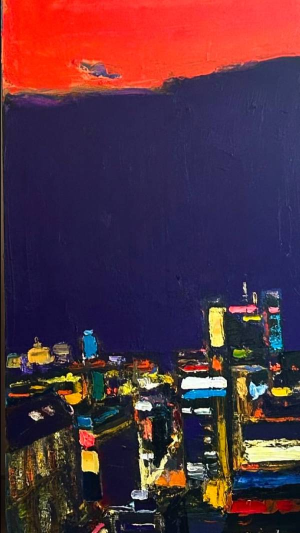
As someone who works at the intersection of these worlds, I believe the future lies in bridging them. It’s not just about buying art; it’s about experiencing it in ways that resonate with who we are and who we aspire to be. Because at the end of the day, art isn’t just a reflection of humanity. It’s a way to connect—with ourselves, with others, and with the stories that shape our world.
What does art mean to you? Whether you find it in a gallery or on a screen, we’d love to hear your perspective. Let’s keep the conversation going.
Anshul Punhani is the CMO of Subjektiv.art, where he is committed to reshaping how art is valued and experienced.


